Heal the Bay got its start as an all-volunteer organization in 1985, birthed in the Westwood living room of founding president Dorothy Green. Since then, Heal the Bay has matured into one of Southern California’s most effective environmental organizations, fueled by science, advocacy, community engagement, and education.
To ensure that we remain focused and that our day-to-day work aligns closely with our key goals, we recently completed a new strategic plan, thanks to a grant provided by the David and Lucile Packard Foundation. Here’s an (admittedly) detailed look at how we are organizing ourselves and our efforts over the next five years.
The following goals define our committment to improving the health and sustainability of greater L.A.:
- To better protect public health, we will work to ensure that people can swim and fish at every beach in L.A. County without risk of getting sick.
- To ensure a more sustainable water future, we will work to ensure that L.A. County sources 60% of its water locally through conservation and reuse by 2025.
- To restore the vibrancy of our local ocean and watersheds, we will work to ensure that all greater L.A. coastal and river habitats are healthy.
To achieve these goals, we have aligned our work around three key pillars: thriving oceans, healthy watersheds, and smart water management.
The Santa Monica Bay and L.A.’s coastal waters have changed dramatically since Heal the Bay was founded in 1985. In the 1980s it was not uncommon for people to suffer illness from swimming at the beach. And, wildlife like brown pelicans and dolphins were a rare site in the Bay. The health of our Bay has come a long way, thanks to the largest wastewater treatment plan in L.A. – Hyperion – upgrading to advanced secondary treatment and the establishment of several Marine Protected Areas off our coast (both projects that Heal the Bay helped advance). But many dangers loom, from offshore oil drilling to plastic pollution. As L.A.’s local water watchdog, Heal the Bay staff and volunteers work hard to:
- Restore, enhance, and protect ocean and coastal habitats, so that they are filled with life. You can help Heal the Bay’s staff scientists by joining our MPA Watch community-science program. We also work closely with researchers and agencies to evaluate climate change impacts to Southern California coastal environments and help coastal communities adapt to these changes.
- Safeguard local coastal waters from pollution, while playing a watchdog role to protect against emerging threats. Stormwater is the biggest source of pollution to the Santa Monica Bay. With runoff comes all sorts of urban slobber – bacteria, motor oil, pesticides, trash, and other pollutants. Heal the Bay staff continue to fight against plastic pollution through education and proactive policies to protect aquatic life from confusing trash as food or becoming entangled in plastic that pollutes local waters.
- Ensure that seafood caught for consumption in Santa Monica Bay is safe to eat. DDT- and PCB-laden runoff and wastewater discharged from the Montrose Chemical Corp. and other Southland-based industries from the 1940s-80s have resulted in a large swath of contaminated sediments off the coast of Palos Verdes. Since 2002, Heal the Bay staff have been educating anglers at piers throughout Los Angeles about what fish are safe to eat and which ones they should avoid. We are also working with researchers and agencies to better understand these pollution problems and advocate for clean-up and remediation.
- Improve public knowledge about our local coast and ocean, and empower people to help protect them. Heal the Bay educates nearly 200,000 people each year through both formal and informal education programs. Come experience the Bay at our Santa Monica Pier Aquarium and learn more about local wildlife. Or, join us for a monthly beach clean-up to learn about pollution and help keep trash from entering our local waterways.
Watersheds are areas of land that drain to common waterbodies – such as the Santa Monica Bay or the L.A. River. We all live in a specific watershed (there are 8 of them in L.A. County), and we all share responsibility for protecting the living water body it drains to. Waterways throughout greater L.A. are threatened by armoring, pollution, development in riparian habitat, flood control maintenance, and invasive species, among a host of other impacts. Heal the Bay is conducting research to better understand negative impacts to our watersheds and educating and mobilizing citizens to protect them. To achieve our goals, we need to:
- Understand the current health of watersheds in L.A. County. In order to protect local watersheds, we have to know what is threatening the habitat, water quality, and aquatic life. Heal the Bay partners with researchers, NGOs, and volunteers to study these threats, including programs like our citizen science supported Stream Team. Once threats are identified, Heal the Bay works to advance policies, projects, and education to improve watershed health.
- Connect communities to their rivers, streams, and wetlands. Hundreds of miles of rivers and streams throughout greater L.A. are paved with concrete channels. Although they may help with flood control, the viaducts serve as a barrier to the public. Many Angelenos don’t even know these channels are actually rivers. The few natural streams and rivers that exist here are havens for birds and plants. Through our urban education and outreach programs, Heal the Bay helps connect communities to local streams and waterways, so they can learn about the threats, see the benefits of watershed health, and help advocate for enhancement of their natural and built environment.
- Advocate for enhancement and protection of riparian corridors and wetlands. Heal the Bay staff advocate before local and state agencies in an effort to pass policies and shape programs to enhance rivers and wetlands. Our work helped lead to the restoration of Malibu Lagoon in 2013, and there are new opportunities for the largest wetland restoration in the L.A. region with Ballona Wetlands.
- Enhance public understanding about watershed health, and empower people to help protect it. Heal the Bay education and outreach staff work through a variety of programs to inform people about watershed health. Come check out the watershed exhibit at our Santa Monica Pier Aquarium, which features the tidewater goby, a federally endangered fish that inhabits local estuaries.
The record drought, coupled with climate change and other stressors, has called into question the practicality of importing nearly 90% of L.A.’s water supply. Continued reliance on imported water is an uncertain and dangerous proposition. We need to be smarter about using the water that we already have, which will benefit both local water supply and water quality. Here’s what we vow to do to advance more sustainable local water:
- Ensure that beaches and waterways are safe for swimming. Millions of people visit California beaches each year, and no one should get sick from a day at the beach. That’s why Heal the Bay has been grading beaches on our Beach Report Card for over 20 years on an A-F scale to inform beachgoers about what beaches are clean for swimming and which ones to avoid. We also work with local and state government to find ways to clean up dirty beaches in the region. And we’re piloting a program with Stanford University to start forecasting water quality at historically troubled beaches.
- Protect water quality throughout the region. Stormwater, or urban runoff, is the largest source of pollution to the Santa Monica Bay. By fighting for strong pollution limits and water quality regulations, Heal the Bay helps make sure local governments, industrial and commercial entities are accountable for their stormwater. Cleaning up local waterways benefits both people and aquatic life.
- Improve the rate of water recycling. Each day wastewater treatment plants uselessly send hundreds of millions of gallons of highly treated wastewater into local rivers and the Pacific Ocean. Only a small percentage is recycled for industrial uses or irrigation. If more wastewater was treated to a higher standard, it could be recycled and substantially reduce the region’s reliance on imported water and simultaneously bolster regional water supplies. We continue to advocate for more projects and funding support to increase water recycling throughout the region.
- Advance greater stormwater capture and reuse. Each day roughly 10 million gallons of urban runoff flows through L.A County stormdrains, picking up pollutants and eventually reaching the ocean without the benefit of any treatment. On a rainy day, that volume can escalate to 10 billion gallons. Our science and policy team is working to ensure stormwater management planning and implementation includes multi-benefit solutions that improve greenspace, beautify communities, and capture water onsite for reuse or recharging groundwater. This includes working with state and local governments to find creative ways to fund stormwater programs.
- Advocate for alternatives to desalination. It’s a common suggestion to turn to the ocean as a water source in water scarce times. Many people don’t realize that desalination is an energy-intensive, inefficient technology that threatens marine life. Heal the Bay is working to advance conservation and expansion of local water sources, such as stormwater cleansing and reuse, and wastewater recycling to avoid turning to desalination.
- Create greater public understanding about water quality and supply, and empower people to advocate for a cleaner and more reliable water future. Where does our water come from? Especially in a large region like greater L.A.? If you’re feeling sheepish that you don’t know the answer, most Angelenos don’t either. Heal the Bay educators will be working with partners through our new “Dropping Knowledge” community-outreach project to educate Angelenos in Korean, Spanish, and English about how to maximize local water. We can’t expect people to be part of the solution to our water woes if they don’t understand the problem.
As you can see, we’ve got our work cut out for us. If you’d like to make a contribution toward a cleaner ocean and healthier L.A., please click below.






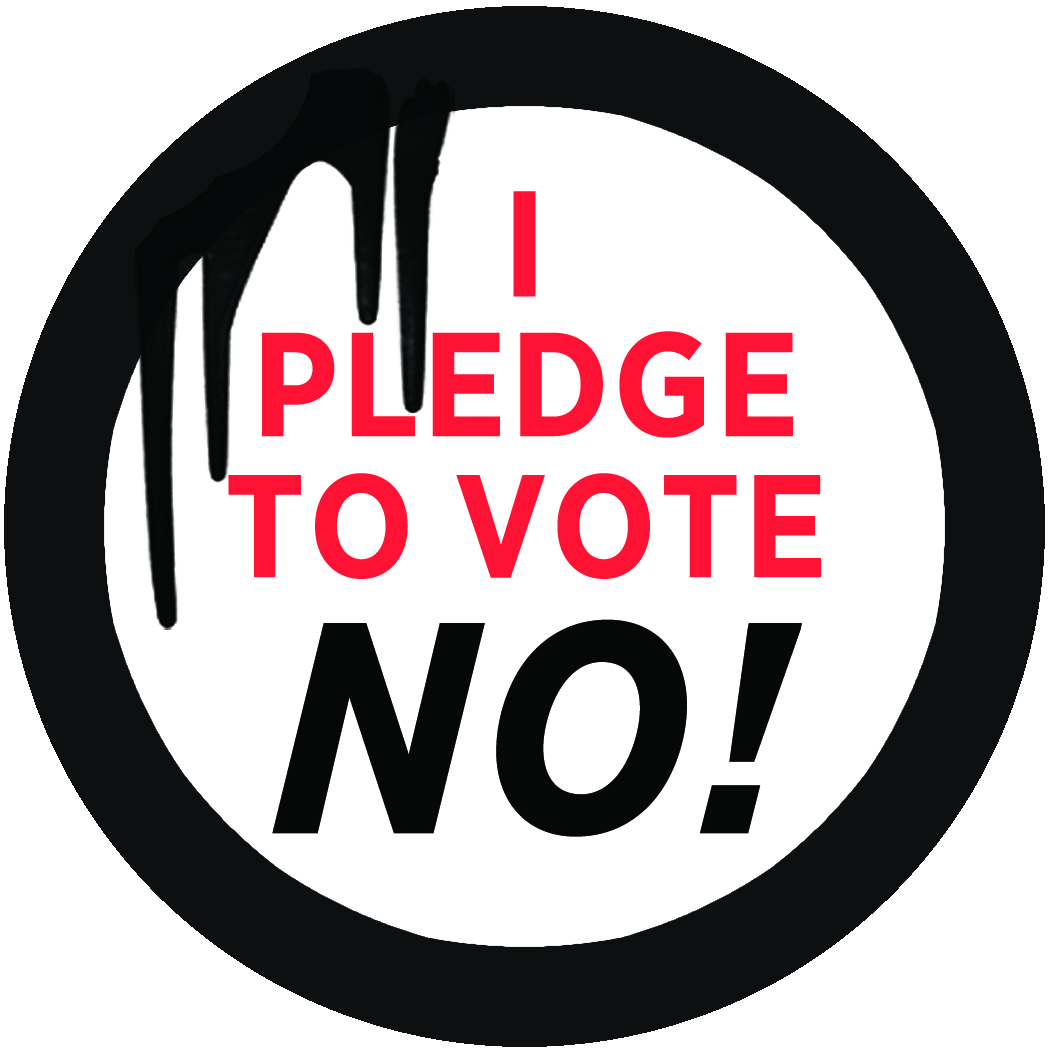
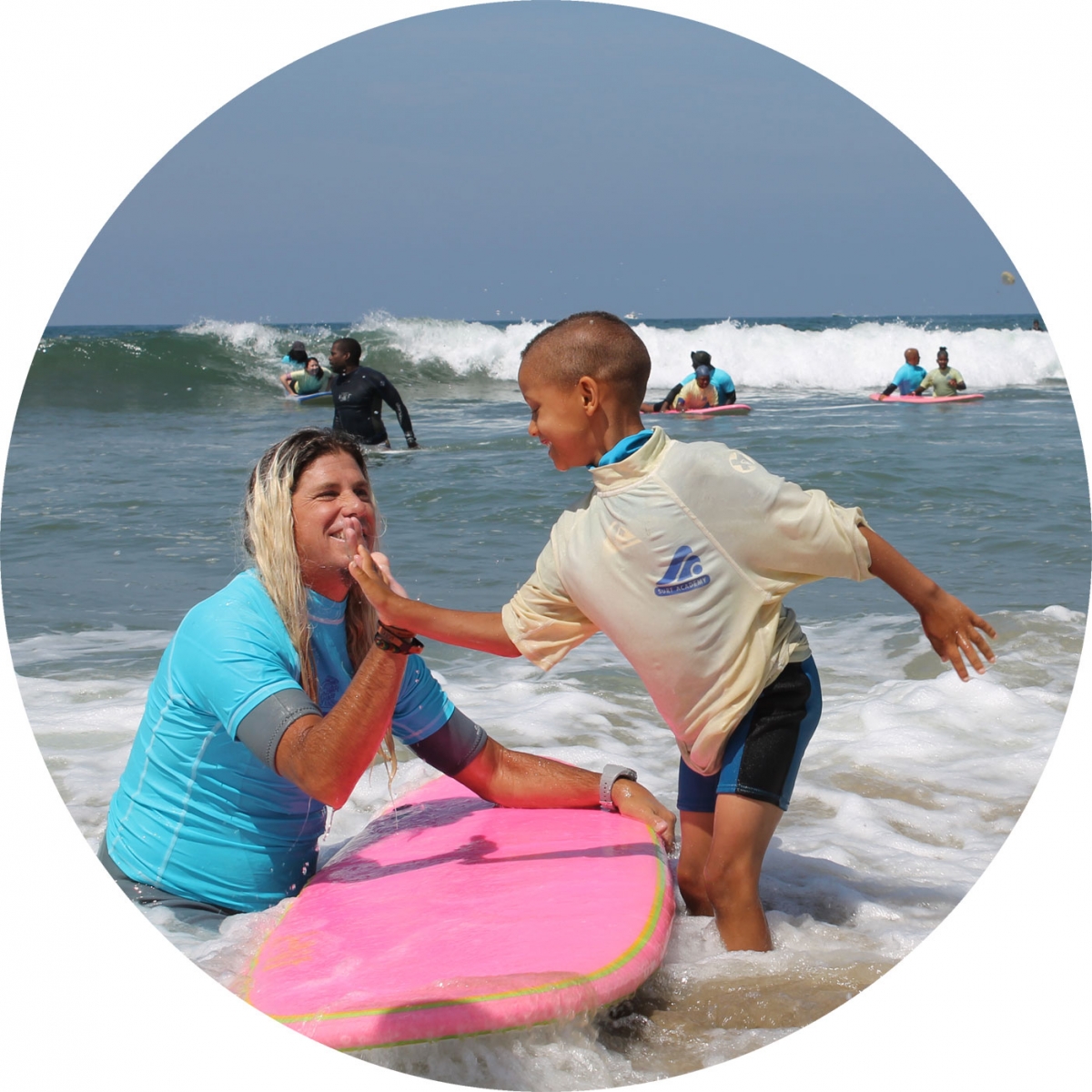
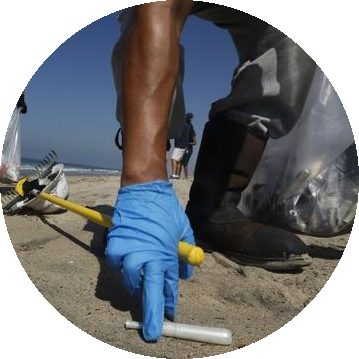
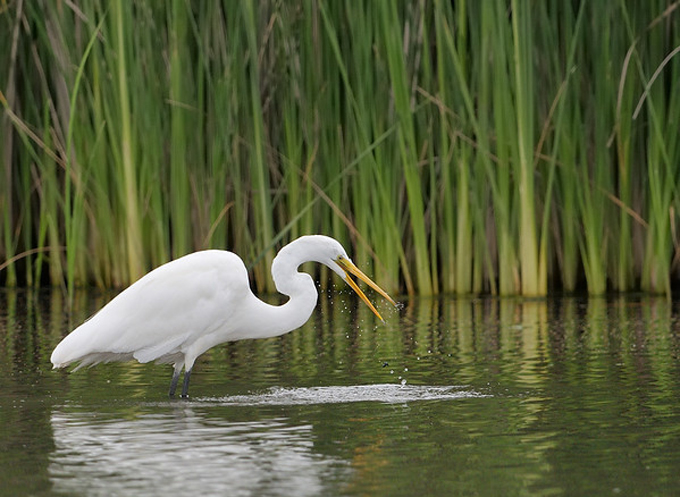
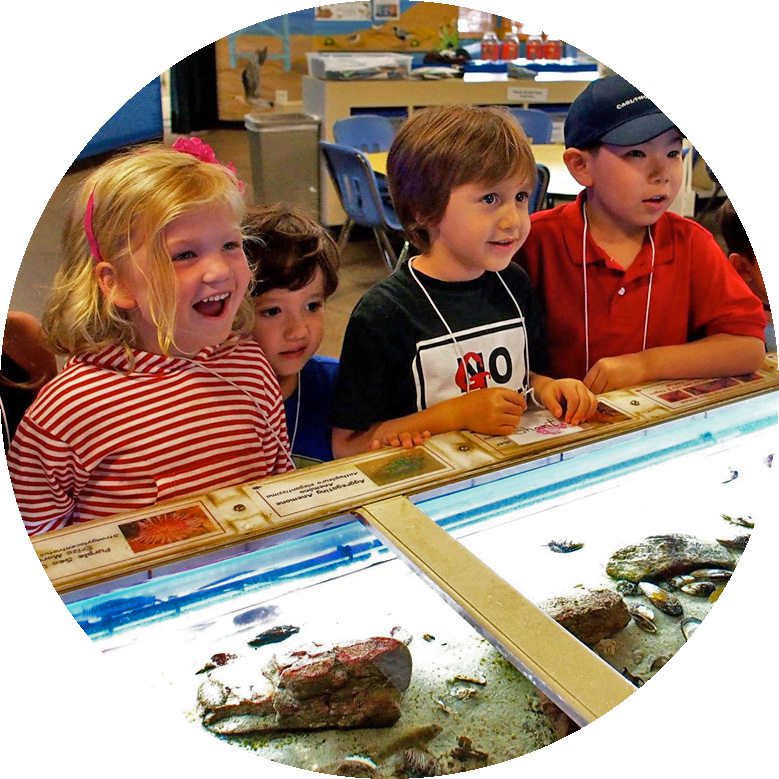


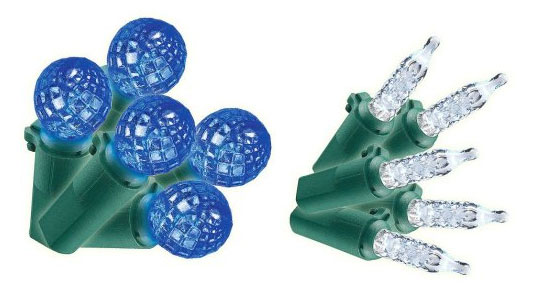


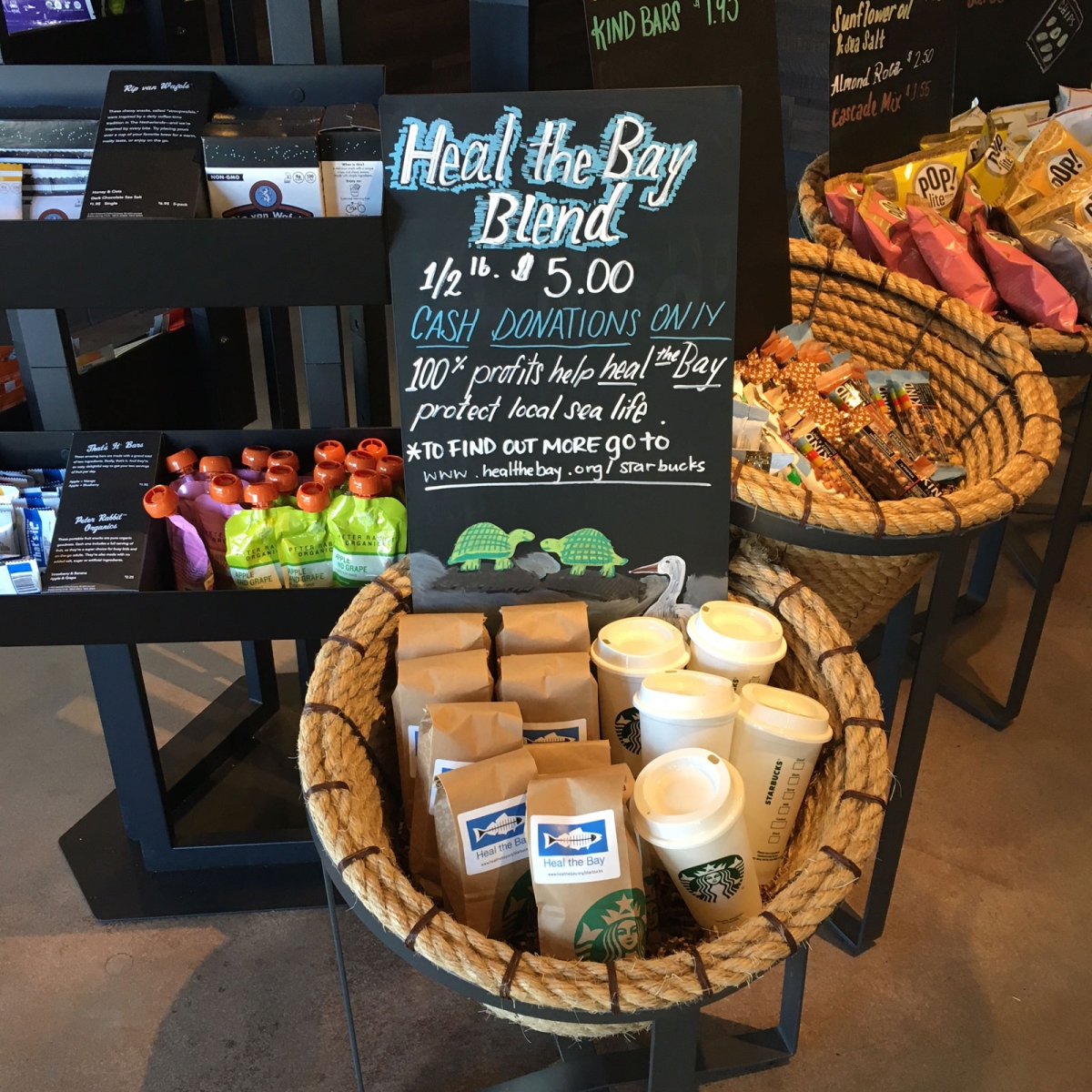 The Heal the Bay Blend!
The Heal the Bay Blend!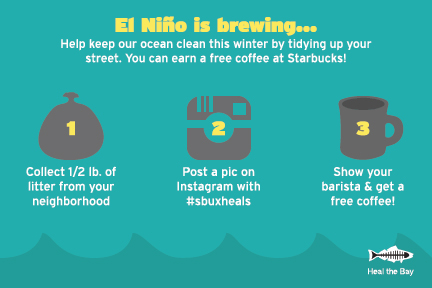
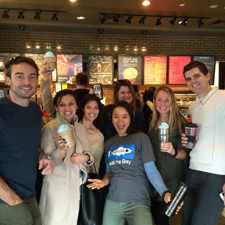

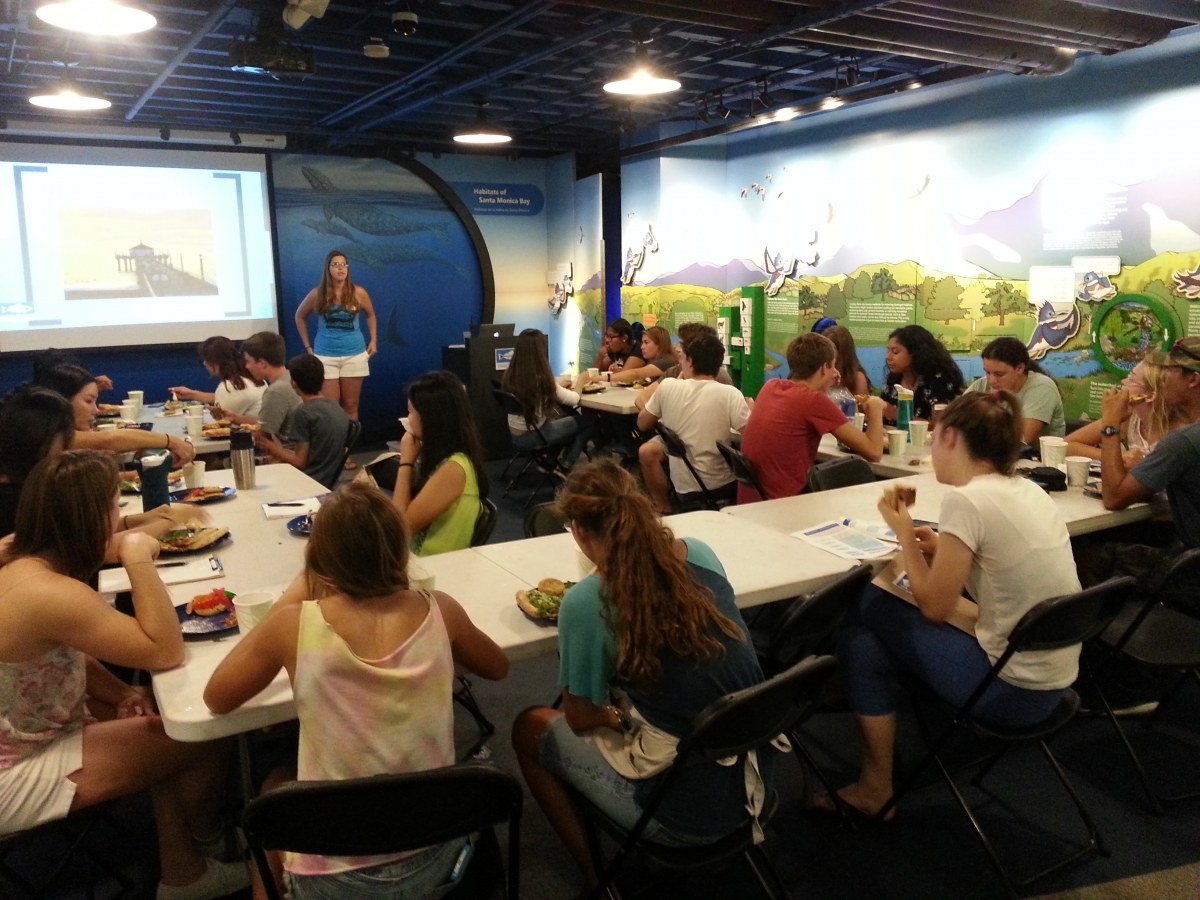 The summit wrapped up with time for each club to reflect on what proposed projects would suit their vision for the year and then plot those goals onto a calendar of the school year. As a registered Club Heal the Bay Partner, clubs also learned that participating in three events or netting three reward “drops” would earn them an invitation to our Beachy Celebration which we will host at the end of the school year.
The summit wrapped up with time for each club to reflect on what proposed projects would suit their vision for the year and then plot those goals onto a calendar of the school year. As a registered Club Heal the Bay Partner, clubs also learned that participating in three events or netting three reward “drops” would earn them an invitation to our Beachy Celebration which we will host at the end of the school year.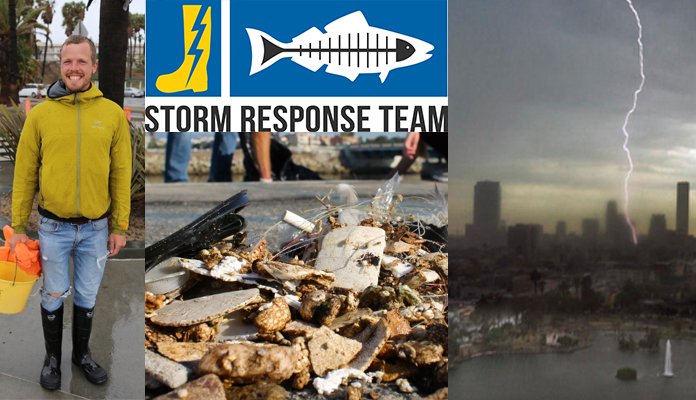
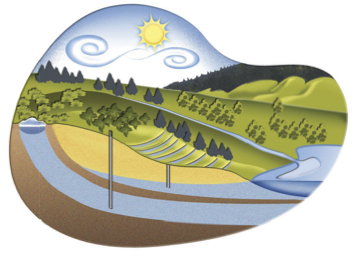
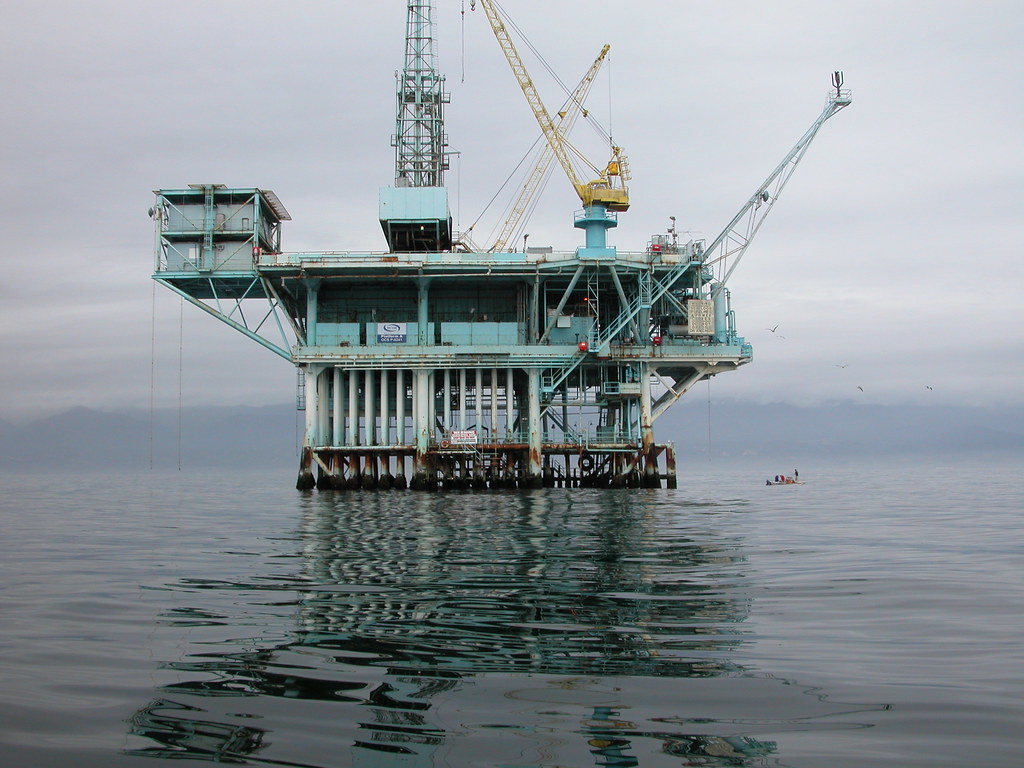 Oil Spill Response SB 414 (Senator Jackson) helps make oil spill response faster, more effective, and more environmentally friendly by creating a program for fishing vessels to voluntarily join in oil spill response and place a temporary moratorium on the use of dispersants within state waters. Catalyzed by the devastating Plains All American oil spill in Santa Barbara earlier this year,
Oil Spill Response SB 414 (Senator Jackson) helps make oil spill response faster, more effective, and more environmentally friendly by creating a program for fishing vessels to voluntarily join in oil spill response and place a temporary moratorium on the use of dispersants within state waters. Catalyzed by the devastating Plains All American oil spill in Santa Barbara earlier this year, 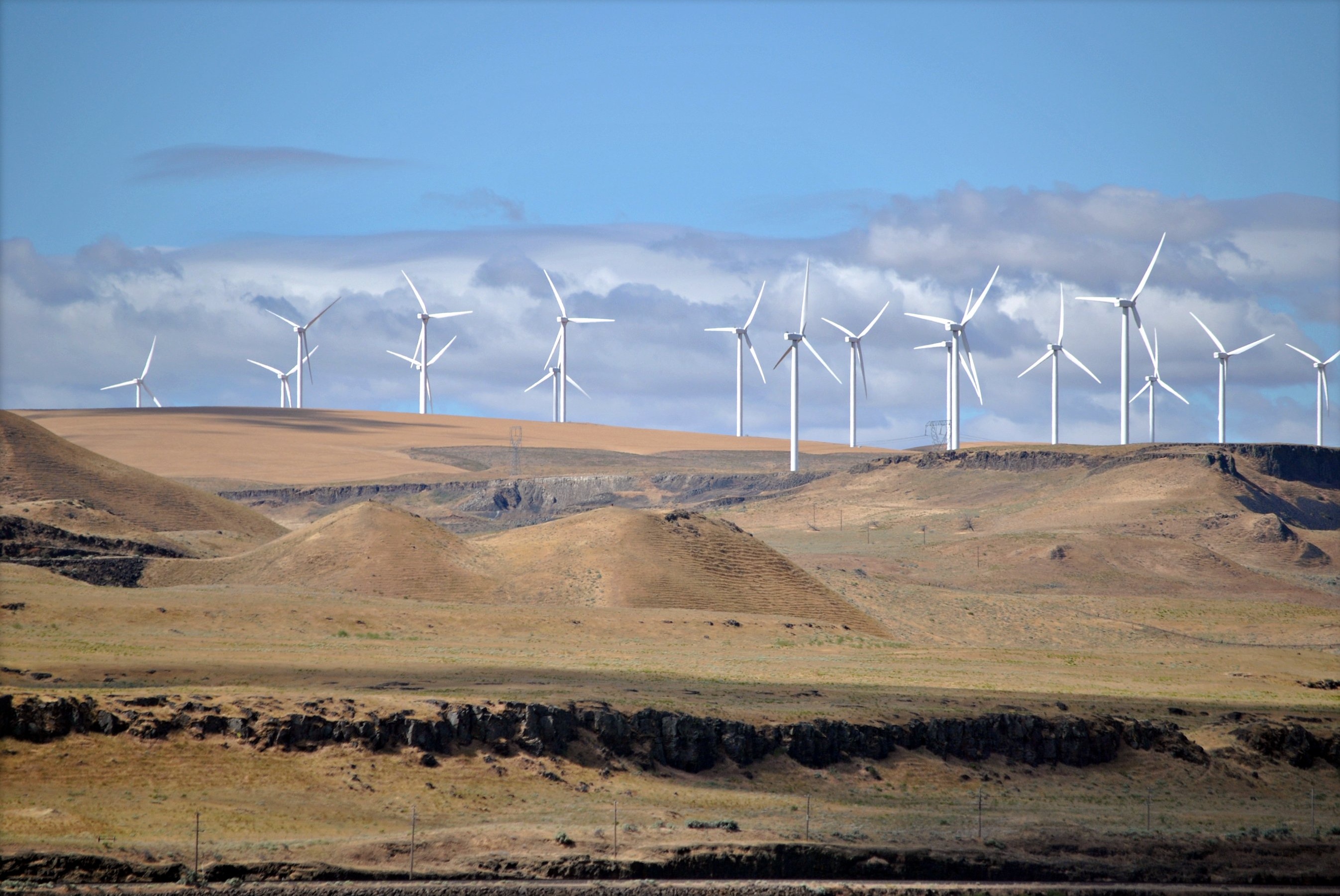 Mandated Renewable Energy SB 350 (Senator De Leon)
Mandated Renewable Energy SB 350 (Senator De Leon)